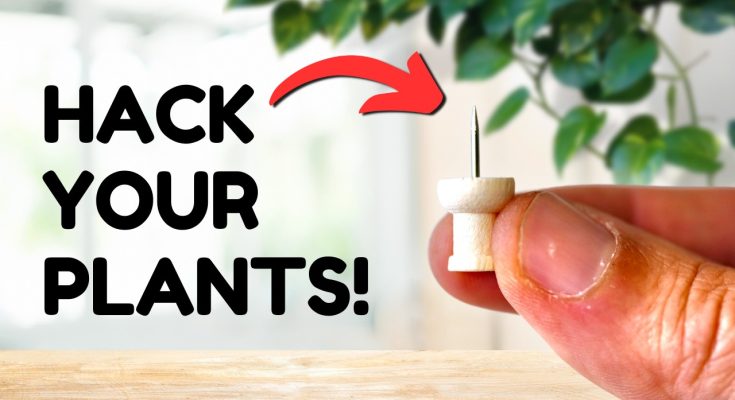Top 10 Plant Hacks Everyone Should Know
Use Ice Cubes to Water Houseplants One effective plant hack is using ice cubes to water houseplants. This method helps prevent overwatering and creates less mess compared to traditional watering techniques. As the ice cubes melt, the soil gradually absorbs the water, providing a controlled and consistent level of hydration for the plants.
Get Creative with Plant Placement Strategic plant placement is crucial for ensuring that each plant receives the appropriate amount of sunlight. By using furniture like sofa tables near windows, you can create varying light conditions in a single location, accommodating different plant preferences within a confined space.
Find a Second Use for Your Coffee Grounds Coffee grounds can be repurposed as a nutrient-rich addition to houseplants. Instead of discarding used coffee grounds, incorporating them into the soil can benefit plant growth and health due to their organic matter content.
Invest in a Moisture Meter To accurately determine when your plants need watering, investing in a moisture meter can be highly beneficial. This tool provides real-time information about the moisture levels in the soil, helping you avoid both overwatering and underwatering scenarios.
Rotate Your Plants for Even Sun Exposure Rotating plants regularly ensures that all sides receive adequate sunlight, promoting balanced growth and preventing issues such as leaning or uneven development due to light directionality.
Give Plants Some Rainwater Rainwater is beneficial for houseplants as it contains natural nutrients and minerals that tap water may lack. Allowing potted plants to receive rainwater during warm weather can invigorate them and support overall health.
Use The “10-10-10” Fertilizer Rule Following the “10-10-10” fertilizer rule simplifies feeding schedules for indoor plants. Using a balanced fertilizer formula and adjusting application frequency based on seasonal needs can optimize plant nutrition without risking overfertilization.
Choose Small Houseplants for Small Spaces Opting for small houseplants in compact living areas maximizes space utilization while still allowing for greenery indoors. Plants like Peperomia, small cacti, and succulents thrive in smaller containers and are ideal choices for limited spaces.
Use Artificial Grow Lights Right When supplementing natural light with artificial grow lights, maintaining an optimal distance between the light source and plant tops (6 to 12 inches) ensures proper light absorption without causing damage or stress to the plants.
Boost Humidity for Tropical Plants Tropical houseplants thrive in environments with around 50% humidity. Placing indoor plants on gravel trays filled with water helps increase ambient humidity levels, mimicking their natural habitat conditions.



